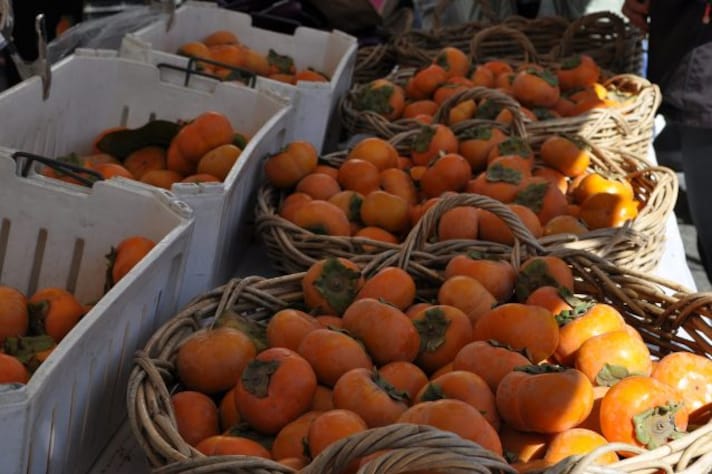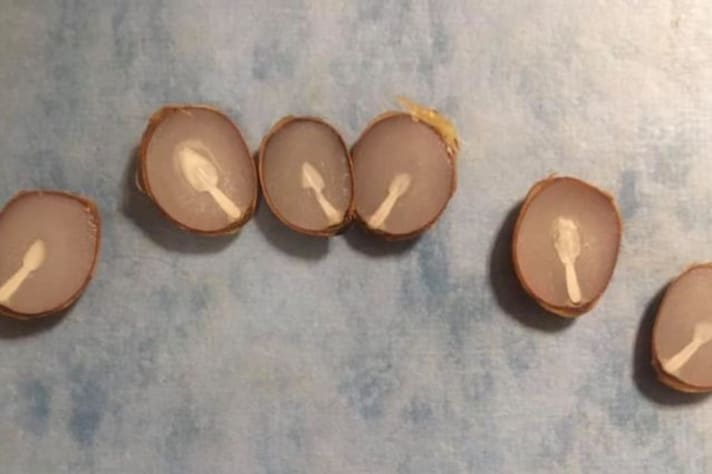
There’s more to this humble fruit than meets the eye—or the tastebuds. Folklore has it that a single persimmon seed holds the power to predict winter’s bite (or lack thereof). Persimmons may not be as commonly enjoyed as apples or pears, but for weather enthusiasts and superstitious souls, they’re a must-have. So, before the temperature drops, grab an American persimmon, slice it open, and see what winter might hold, right in the palm of your hand.
A Tale as Old as Persimmons
The origins of persimmon lore stretch back centuries, possibly as far as the ancient hills of China, where persimmons have been cultivated for their delicious fruit and medicinal uses. But in the U.S., there’s a quirky old wives’ tale about persimmon seeds and their ability to foretell the weather. This tradition has folks in the heartland slicing seeds each fall, eager to see if winter will be mild or menacing. While scientific studies are sparse, farmers and curious locals swear by this homespun method.

American vs. Japanese Persimmons
While persimmon trees now grow worldwide, not all persimmons are fit for the role of weather predictor. American persimmon trees (Diospyros virginiana) grow wild across the U.S., especially in Zones 4 to 9. These trees offer up smaller, seed-filled fruits—the kind needed for weather readings. Japanese persimmons, often seedless, are tasty but no good for this folk forecast. When it comes to predicting winter, it’s the American persimmon that you’ll need.
How to Read a Persimmon Seed
To get a peek at winter’s forecast, you need more than just any persimmon—you need to cut it the right way. First, let the fruit soften, then pluck and split it open. Take out a seed, position it on its side, and slice it carefully lengthwise to reveal the kernel. Inside, you’ll spot one of three symbols, each promising a different kind of winter. This cross-section view reveals whether you’ll be bracing for snow, wind, or a mild season.
The “Weather Symbols” and What They Mean
Once you’ve revealed the kernel, it’s all about the shapes. If the kernel is spoon-shaped, folklore says to expect snow-heavy days, perfect for shoveling. A fork shape hints at a mild winter with light, powdery snow, unlikely to make you break a sweat. And if you find a knife shape? That’s a sign of sharp, cold winds set to “cut” through the season. While it may sound too charming to be true, many believe these symbols have accurately foreshadowed the winter for generations.

But… Does It Actually Work?
While persimmon predictions may sound like something from a storybook, many people find them surprisingly spot-on. Of course, we don’t have rigorous studies backing this technique—this is folklore, after all—but believers are quick to share how their persimmon predictions lined up with blizzards or balmy days. Skeptics will likely say it’s all in good fun, but for those who see truth in old wisdom, persimmon seeds continue to serve as nature’s tiny weathermen.
Why Persimmons Deserve a Spot at Your Table, Regardless of the Weather
If the mystical allure of weather predictions hasn’t sold you on persimmons, their nutritional benefits might. Packed with antioxidants and vitamins, these fruits are a fantastic addition to pastries, salads, and even savory dishes. They’re as versatile as they are tasty, so next time you see persimmons at the store, consider giving them a try—you might just gain a new favorite, forecast included.
;Resize,width=767;)
